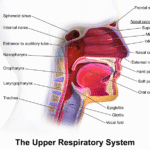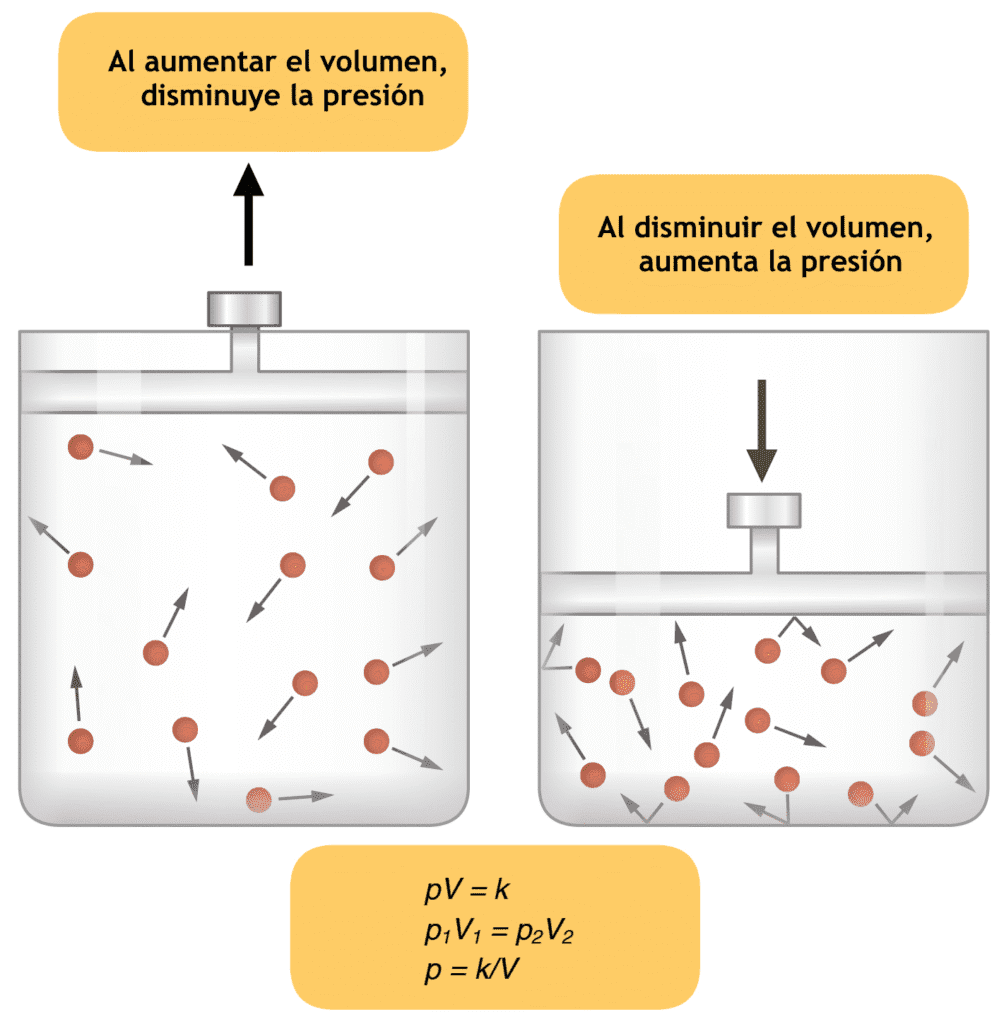The Upper Respiratory Anatomy starts with the nose, which is an essential organ for breathing and conditioning of the air. The main respiratory functions of the nose are to provide passage to the air as well as the warming and moistening of the air.

The next part is the pharynx, which is further divided into Oropharynx and Nasopharynx. Next comes the Larynx which is also called as the voice box. The anatomy of larynx has already been discussed.
The Larynx continues as the trachea which is the main wind pipe that enters the thorax. Next in the Upper Respiratory Anatomy comes the Trachea. The Trachea is one of the most important part in the Upper Respiratory Anatomy. The length of the trachea is 10 to 12 cms. It starts from Cricoid ring (C6) and ends at carina (T5). Anteriorly carina corresponds to second costal cartilage at the junction of manubrium with the sternal body (angle of Louis).
The Trachea consists of 16 to 20 incomplete rings made up of cartilages. The diameter of trachea is 1.2 cm. The Trachea is the most important to the anesthetist, as it is in the trachea that the Endotracheal tube is placed.
The Trachea continues further downwards in the chest until it reaches the carina where it divides into the Right and the Left main bronchus.
The applied aspect of the Upper Respiratory Anatomy is that respiratory tract plays an essential role in the normal breathing and respiration, and any infection or obstruction in this airway can significantly impair oxygenation and respiration.

